Looking for a powerful, budget-friendly way to clean your home naturally? DIY vinegar cleaning spray is your answer!
This simple, all-purpose cleaner packs a punch when it comes to tackling dirt, grime, and even odors.
Plus, it’s safe for the environment, non-toxic, and super affordable.
Whether you’re tired of using harsh chemicals or just looking for a more sustainable option, vinegar offers an eco-friendly solution.
So, Let’s dive into how you can make your own, plus tips on where to use it for the best results!
Why Vinegar is Ideal for DIY Cleaning Solutions
Creating your own cleaning solutions with vinegar offers several benefits:
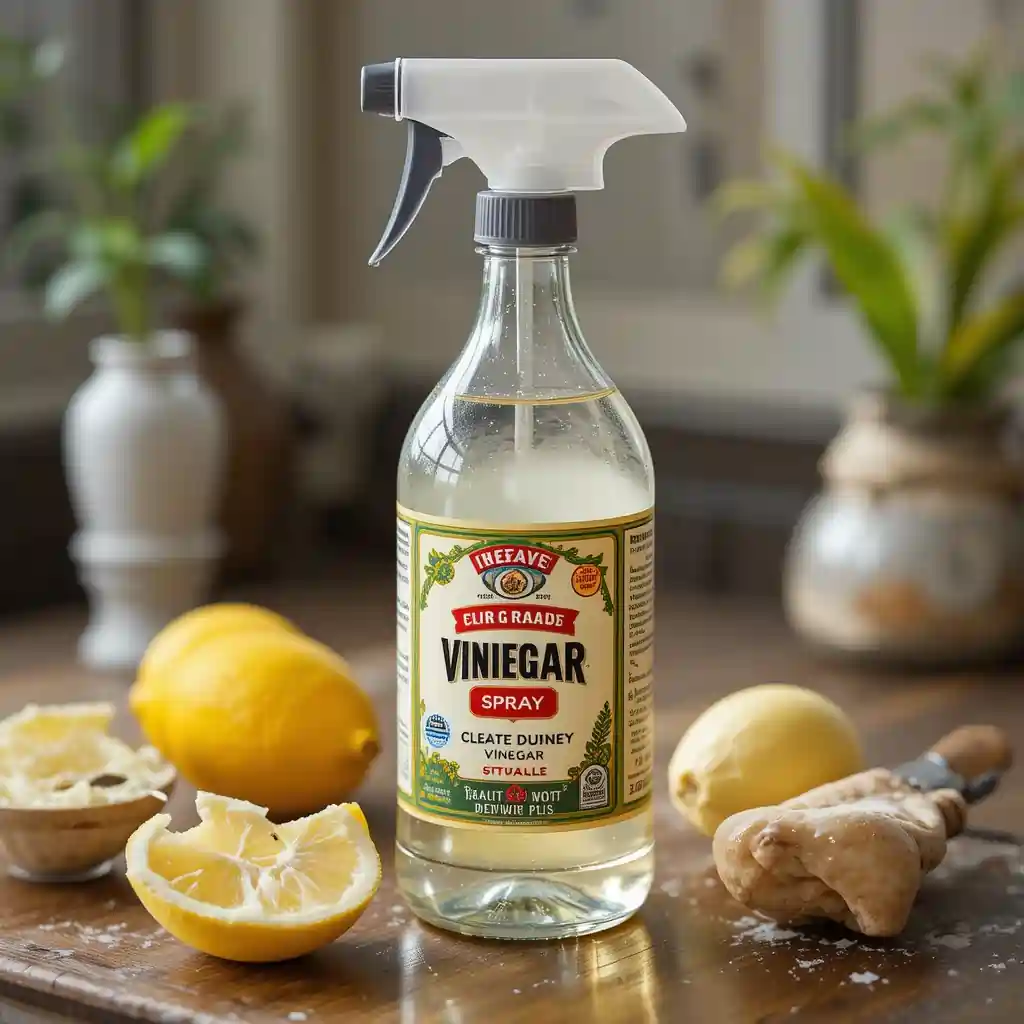
1. Cost-Effective: Vinegar is inexpensive and readily available, making it a budget-friendly option for household cleaning.
2. Non-toxic: Unlike many commercial cleaners that contain harsh chemicals, vinegar is natural and safe for both humans and pets when used appropriately.
3. Antimicrobial Properties: The acetic acid in vinegar has been shown to have antimicrobial effects, aiding in the reduction of certain bacteria and pathogens on surfaces.
4. Deodorizing Ability: Vinegar neutralizes unpleasant odors, leaving spaces smelling fresh without artificial fragrances.
5. Environmental Impact: Using vinegar reduces reliance on chemical cleaners, decreasing environmental pollution and promoting a greener household.
Suggested Read: Can I Add Vinegar To My Laundry For A Fresh Smell? Must Read!
How to Make a DIY Vinegar Cleaning Spray
Now that we know why vinegar is such a great option, let’s get into how you can make your very own DIY vinegar-cleaning spray.
The beauty of this recipe is its simplicity and the fact that you can customize it!
Ingredients:
- 1 cup white distilled vinegar
- 1 cup water
- 10-20 drops of essential oils (such as lemon, lavender, or tea tree oil) for fragrance.
Instructions To Prepare DIY Vinegar Cleaning Spray
1. Choose Your Bottle
Start by selecting a spray bottle for your vinegar cleaning solution.
Ideally, choose a 16 oz or 32 oz bottle, which provides enough volume for frequent use.
Glass spray bottles are the most eco-friendly option, but you can also use plastic ones if you prefer.
2. Mix the Solution
In a measuring cup, mix together one cup of white distilled vinegar and one cup of water.
This will create a 50/50 solution that’s safe for most surfaces and will clean effectively without being too harsh.
3. Add Essential Oils (Optional)
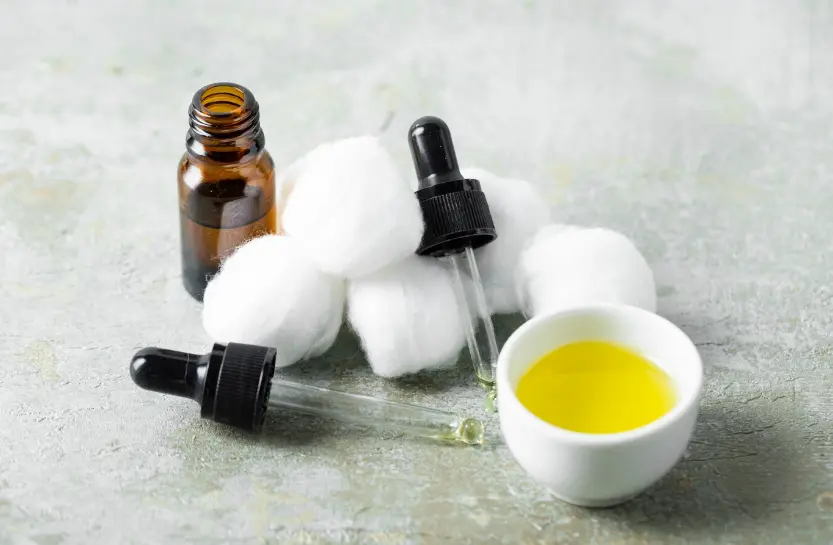
If you prefer a pleasant scent or want to enhance the antibacterial properties of your cleaner, you can add 10-20 drops of your favorite essential oil.
For example:
- Lemon oil: known for its fresh, clean scent and natural antibacterial properties.
- Tea tree oil: A powerful antimicrobial agent that helps to fight mold and mildew.
- Lavender oil: A calming scent that also has antibacterial and antifungal properties.
4. Pour the Solution Into Your Spray Bottle
After mixing, carefully pour the solution into your spray bottle.
Shake it gently to ensure the water and vinegar are well-mixed, and you’re ready to start cleaning!
Suggested Read: How To Get Rid Of Old Home Smell: 10 Tricks That Actually Work!
How to Use Your DIY Vinegar Cleaning Spray
Now that you have your vinegar spray, it’s time to put it to work!
The great thing about this all-purpose cleaner is its wide range of applications. Here’s how to use it effectively:

1. Cleaning Windows And Mirrors
Vinegar is well-known for its ability to clean glass and leave a streak-free shine.
To clean windows & mirrors, simply spray the vinegar solution directly onto the surface.
Then wipe it away with a microfiber cloth or paper towel.
acidity of the vinegar breaks down fingerprints, smudges, and other debris, leaving your glass sparkling
Suggested Read: 7 Safe Ways On How To Clean Windows Without Streaks Fast!
2. Kitchen Countertops and Surfaces
Vinegar is an excellent cleaner for kitchen surfaces, including countertops, stovetops, and even inside your microwave.
Spray the solution directly onto the surface, and then wipe it down with a clean cloth or sponge.
For tough grease spots, let the vinegar solution sit for a minute or two before wiping away.
3. Use DIY Vinegar Cleaning Spray For Cleaning Appliances
If your kitchen appliances, such as your fridge or dishwasher, need a good clean, vinegar can help
Simply spray it onto the interior and wipe it down.
For stainless steel appliances, be sure to wipe in the direction of the grain to avoid streaks.
4. DIY Vinegar For Bathroom Cleaning
Vinegar is fantastic for tackling grime and soap scum in the bathroom.
You can use it to clean your sink, shower, and tub.
Just spray the solution on affected areas, let it sit for a few minutes, then scrub away the grime.
The acidity of the vinegar helps break down soap scum, mineral deposits, & water stains, leaving your bathroom clean.
5. DIY Vinegar Spray For Removing Bad Odors
If you’re dealing with lingering odors in your home, vinegar can help neutralize them.
Vinegar can absorb and eliminate unwanted smells, Whether in the kitchen, bathroom, or even in your car.
Simply spray the solution into the air or on fabric surfaces, such as couches or upholstery, to freshen up the area.
6. Floor Cleaning To clean tile or hardwood floors
mix the vinegar solution in a bucket with warm water.
Use a mop to clean the floors, and be sure to wring it out well before mopping to avoid excess moisture on hardwood floors.
Vinegar works great at removing dirt and grime, while also shining your floors.
Additional Tips and Precautions for Using Vinegar Spray
Here are the additional precautions for DIY vinegar cleaning spray:
While vinegar is a great natural cleaner, there are a few things to keep in mind:
1. Avoid using vinegar on stone surfaces like granite, marble, or limestone. The acid in vinegar can damage the finish and cause long-term damage to these materials.
2. Test in an inconspicuous area first. Although vinegar is generally safe for most surfaces, it’s a good idea to test it. Especially when using it on delicate surfaces like wood or painted areas.
3. Use a microfiber cloth for best results. Microfiber cloths are perfect for picking up dirt and grease without leaving streaks. This will give you the best results when using your DIY vinegar spray.
4. Don’t mix vinegar with hydrogen peroxide or bleach. While both of these are effective cleaning agents on their own, combining them with vinegar can create potentially harmful chemical reactions.
Suggested Read: Can I Add Vinegar To My Laundry For A Fresh Smell? Must Read
Where You Cannot Use DIY Vinegar Cleaning Spray
Here are the places where you cannot use DIY Vinegar cleaning spray:
1. Natural Stone Surfaces (e.g., Marble, Granite, Limestone)
Vinegar is acidic, which can damage the finish and integrity of natural stone surfaces. Stones like granite, marble, and limestone are particularly vulnerable to vinegar’s acidity, which can cause etching or discoloration. Over time, the acidic properties can wear down the protective sealant, leaving the stone more prone to staining and damage.
Alternative: For these surfaces, use a mild dish soap solution with warm water, or a cleaner specifically designed for stone surfaces.
2. Wooden Surfaces (Especially Unsealed Wood)
Although vinegar can be useful for cleaning some sealed wood surfaces, it can be problematic for unsealed or unfinished wood. The acidity of vinegar can strip away the finish and cause the wood to warp, discolor, or even weaken over time. Even on sealed wood, prolonged use can damage the wood’s finish.
Alternative: Use a wood-specific cleaner or a mixture of water and a few drops of mild dish soap. Be sure to avoid excessive moisture, as wood absorbs water and can become damaged if exposed to it for too long.
3. Electronics (e.g., Computer Screens, Phones)
While vinegar is effective on many hard surfaces, it’s not recommended for cleaning sensitive electronics like computer screens, smartphones, or televisions. The acid in vinegar can damage delicate screens or cause electrical components to corrode. Additionally, vinegar can seep into small openings and cause internal damage.
Alternative: Use a microfiber cloth slightly dampened with water or a screen-safe cleaner specifically formulated for electronics.
Conclusion
A DIY vinegar cleaning spray is a simple yet powerful tool to add to your natural cleaning routine.
Not only is it effective at tackling a wide variety of cleaning tasks, but it’s also cost-effective, non-toxic, and eco-friendly.
By making your own vinegar cleaning spray at home, you can keep your house sparkling clean while minimizing your exposure to harsh chemicals.

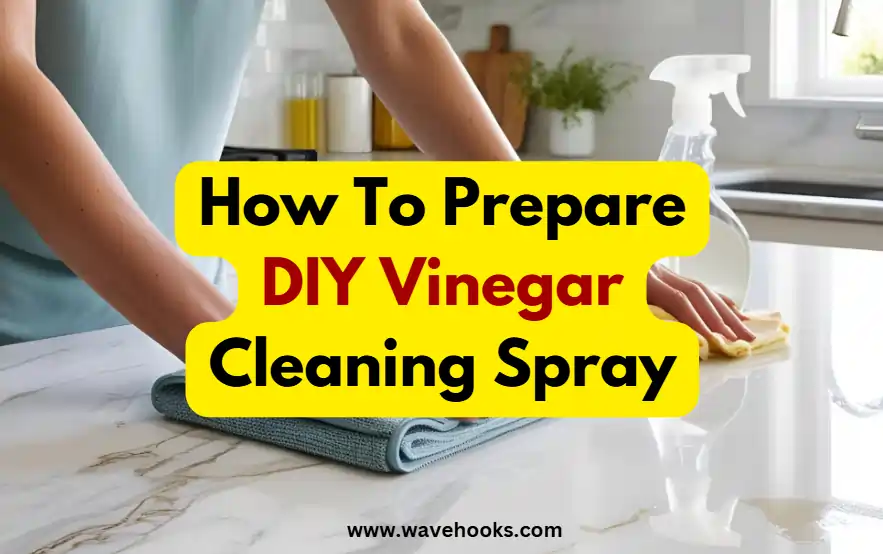
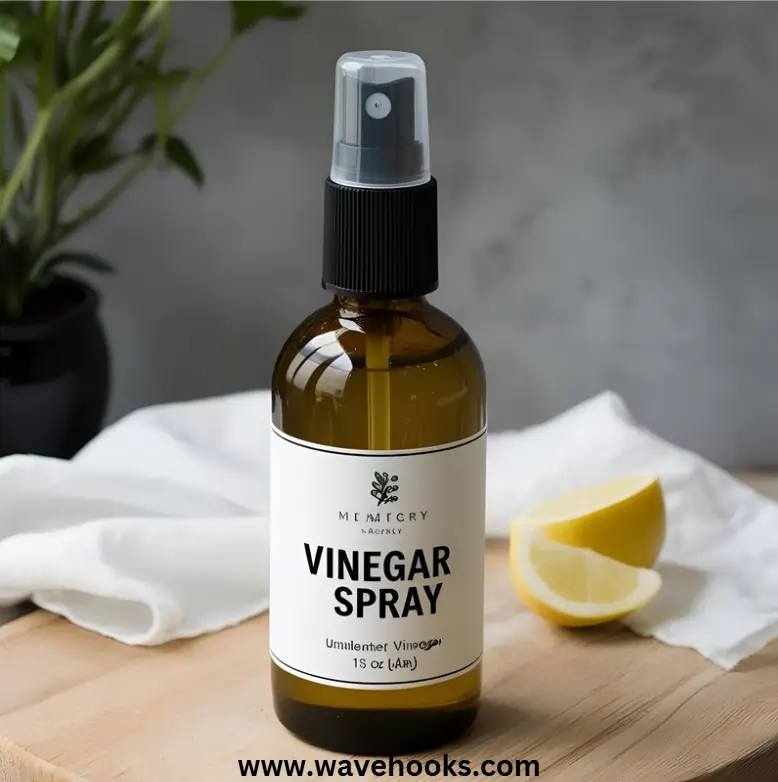
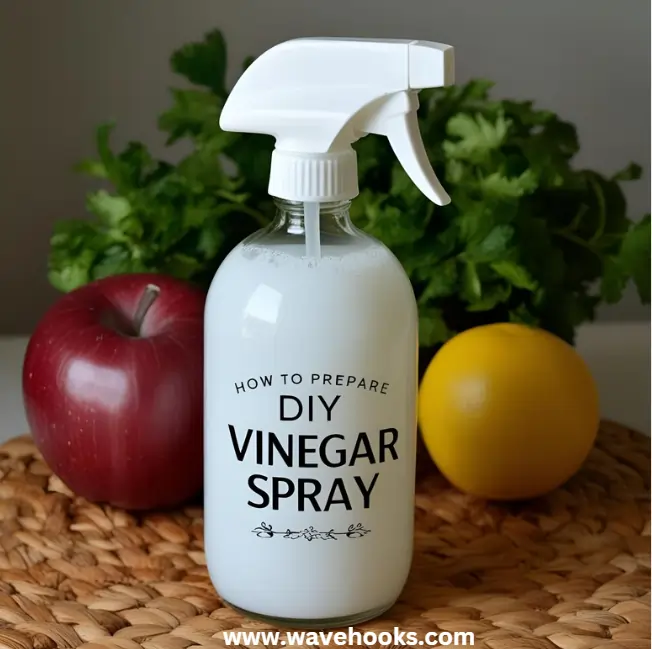
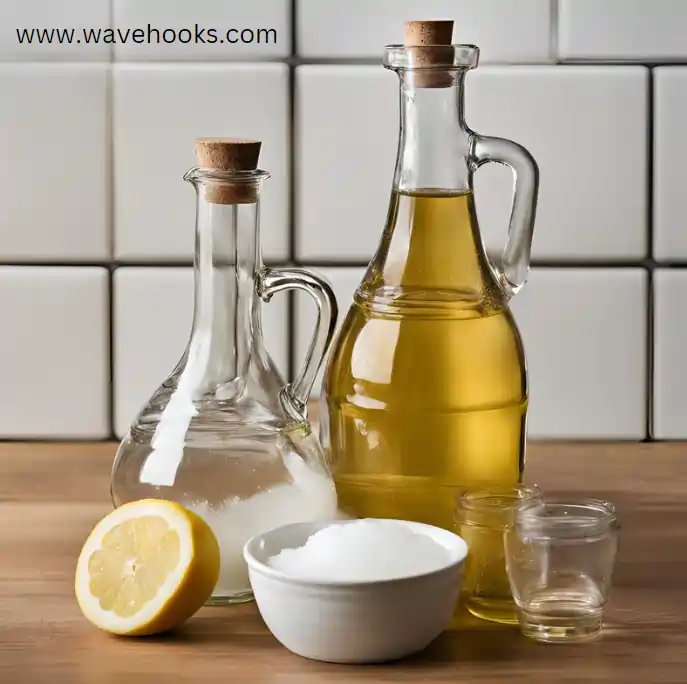
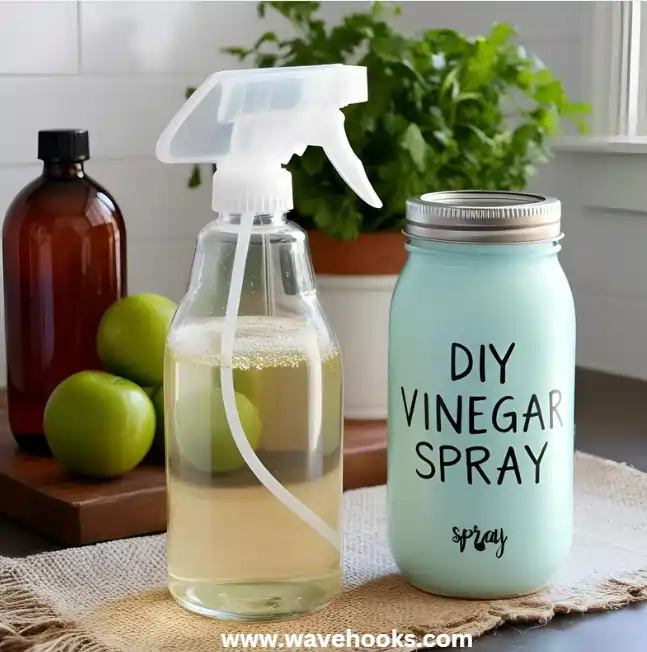
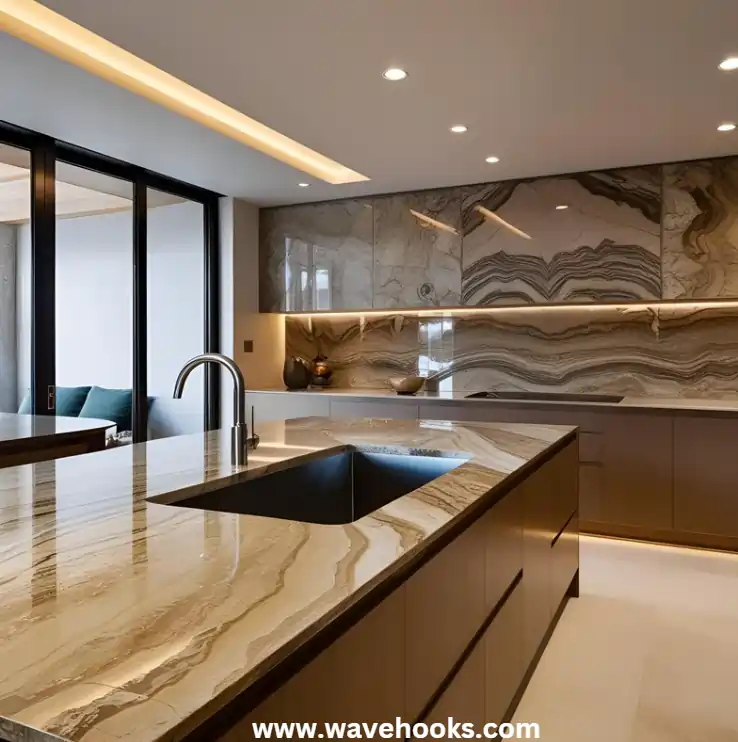
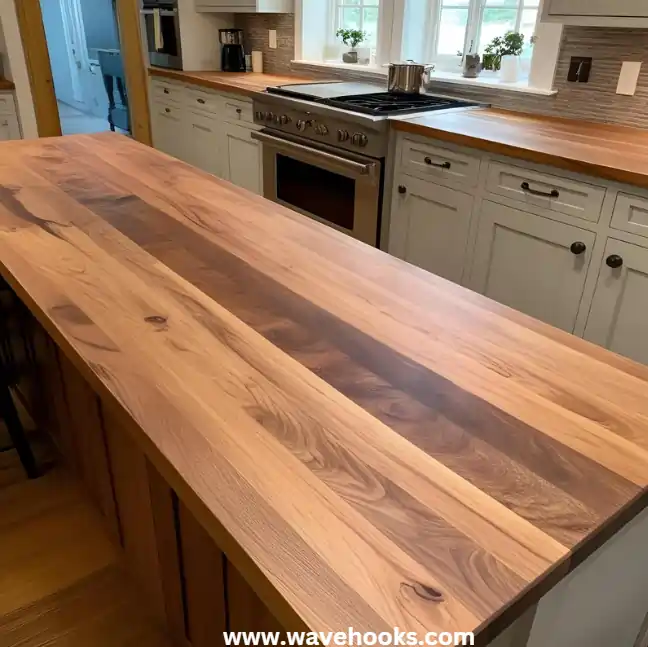
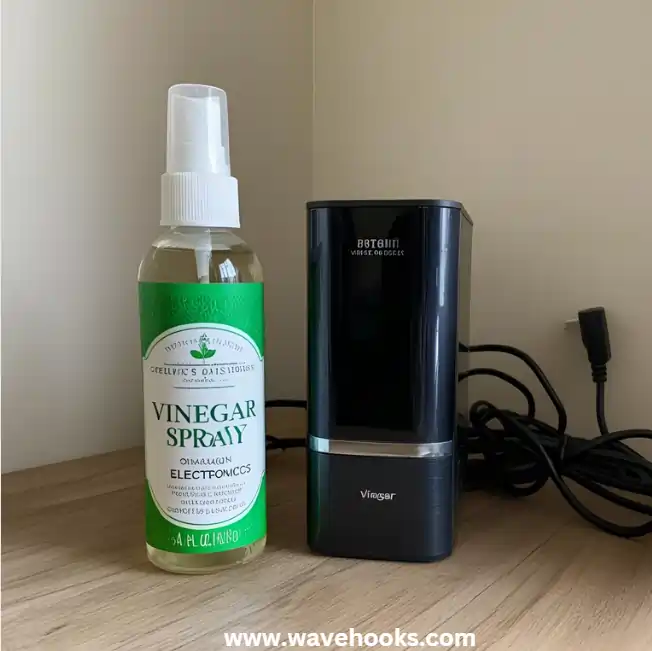





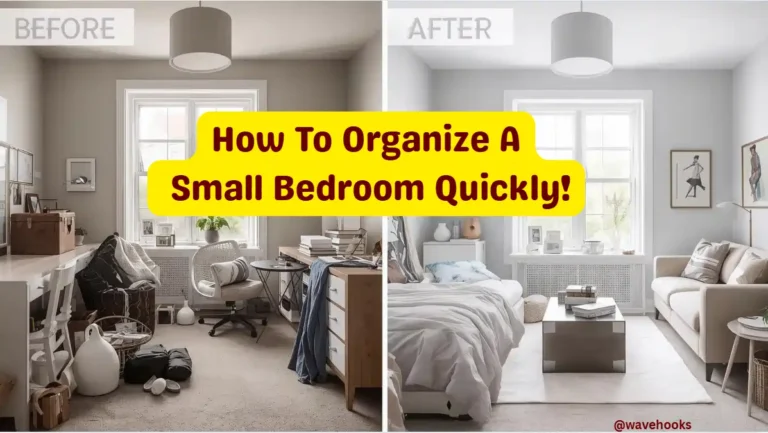
2 Comments